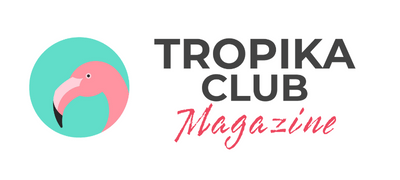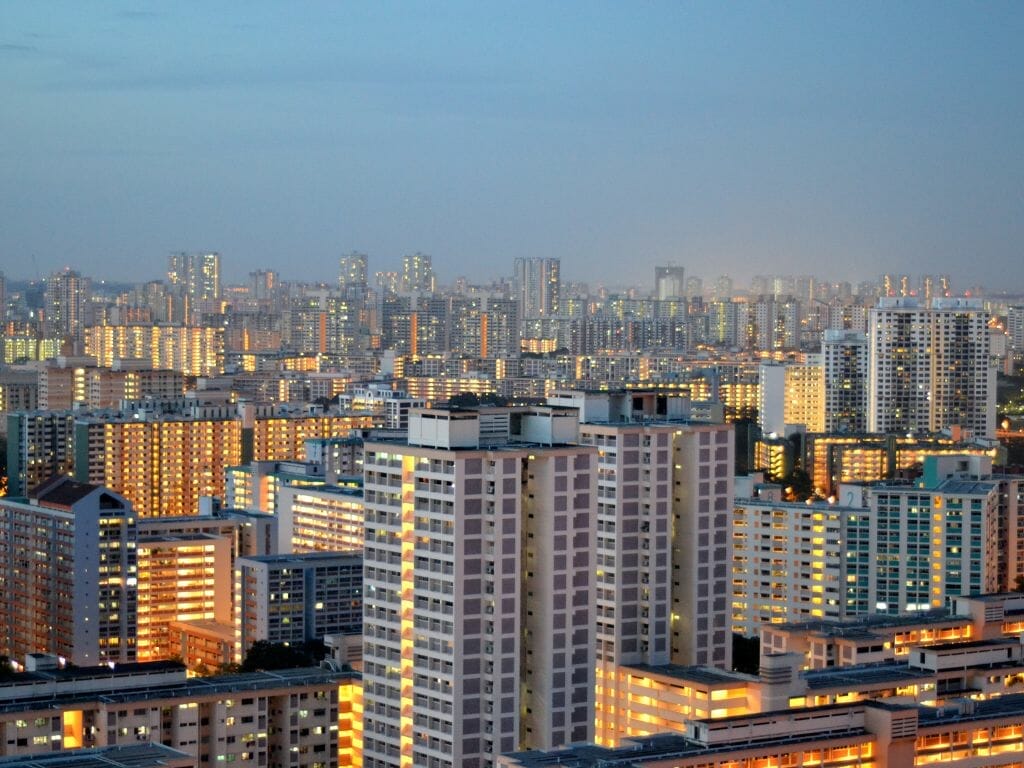10 Facts That Explain Singapore’s HDB Phenomenon
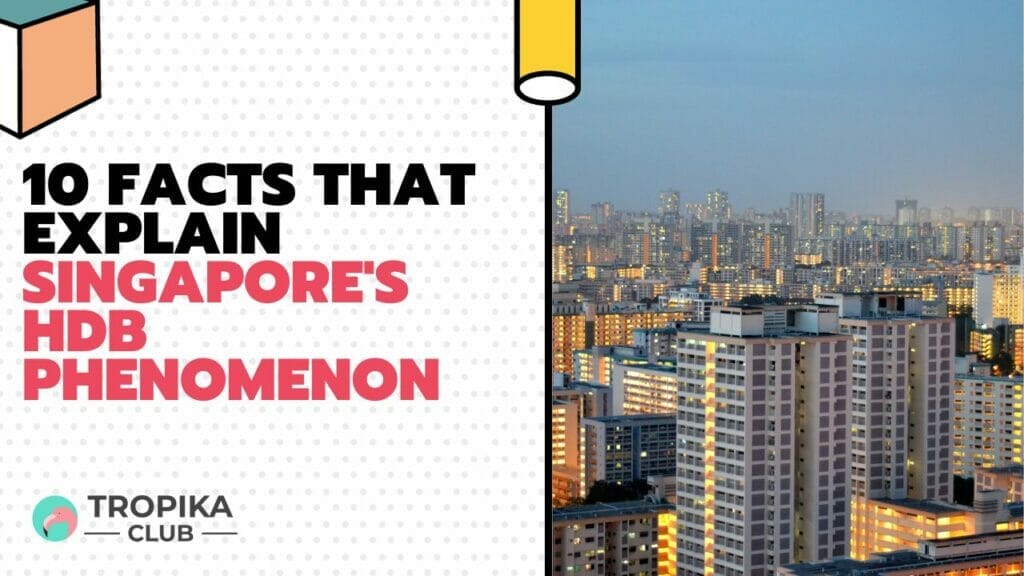
No Time to Read? Here’s a Snappy Summary of This Article
- Housing Revolution: Singapore’s HDB flats revolutionized housing in 1960, transforming the nation’s skyline and improving living conditions.
- Subsidies for All: HDB subsidies make these homes affordable for lower-income families, fostering inclusivity and equality.
- Exclusive to Citizens: HDB flats are typically reserved for Singaporean citizens and permanent residents, ensuring local access to public housing.
- Community Living: HDB estates are vibrant communities with parks, amenities, and public services, creating a fulfilling living experience.
- Resale Market Dynamics: The HDB resale market allows homeowners to sell after a minimum occupancy period, providing flexibility and investment opportunities.
- Future-Forward: Singapore’s HDB housing constantly evolves, focusing on sustainability, technology, and residents’ well-being, shaping the nation’s future.
Table of Contents
- No Time to Read? Here’s a Snappy Summary of This Article
- 1. A Home for Majority
- 2. Community-Centric Design
- 3. Cultural Integration
- 4. Leasehold, Not Freehold
- 5. CPF-Funded Homes
- 6. Rooftop Wonders
- 7. Eco-Friendly Initiatives
- 8. Varied Architectural Styles
- 9. Home Upgrading Programs
- 10. Cultural and Historical Significance
- Meanwhile, Check Out Tropika Club’s Ecosystem of Websites
Introduction
In the bustling landscape of Singapore, HDB flats stand as monumental icons of the nation’s success in housing its people. These ubiquitous structures are more than just concrete buildings; they’re a testament to social engineering, urban planning, and community spirit. Join Tropika Club Magazine as we dive into 10 intriguing facts that illuminate the phenomenon that is Singapore’s HDB.
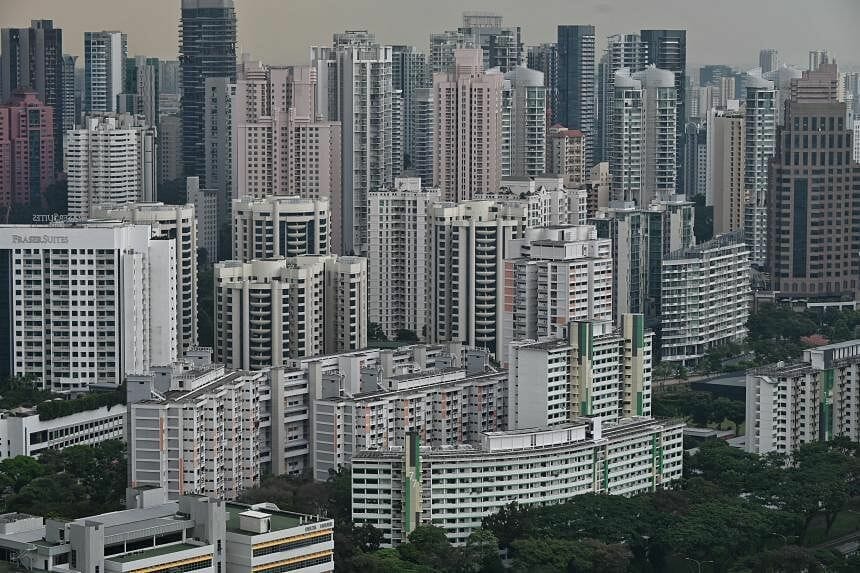
1. A Home for Majority
Remarkably, more than 80% of Singapore’s resident population resides in HDB flats. Launched in 1960, the HDB initiative was a cornerstone of Singapore’s housing policy to provide affordable, quality homes. The program has succeeded incredibly well in meeting its objectives, offering a wide variety of housing options to suit diverse needs. From singles to large families, the HDB scheme accommodates the housing requirements of Singapore’s heterogeneous populace.
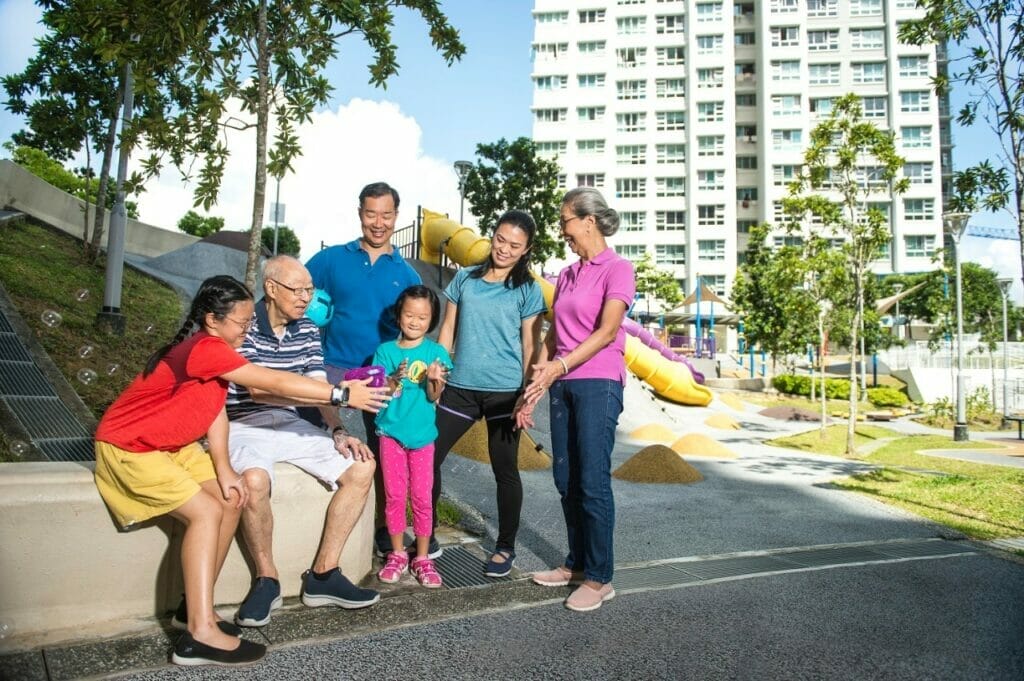
2. Community-Centric Design
HDB precincts in Singapore are meticulously designed to be self-sufficient communities. Each precinct has easy access to public transportation, schools, healthcare facilities, recreational areas, and retail outlets. The thoughtfulness behind this urban planning strategy promotes a close-knit community, thereby engendering a sense of belonging among residents.

3. Cultural Integration
Ethnic Integration Policy (EIP) was introduced in 1989 to ensure a balanced ethnic mix across HDB estates. This visionary policy aims to foster social cohesion and racial harmony by preventing the formation of racial enclaves. It ensures that every HDB block and precinct in Singapore reflects the country’s multicultural makeup, fostering unity and shared experiences among different communities.
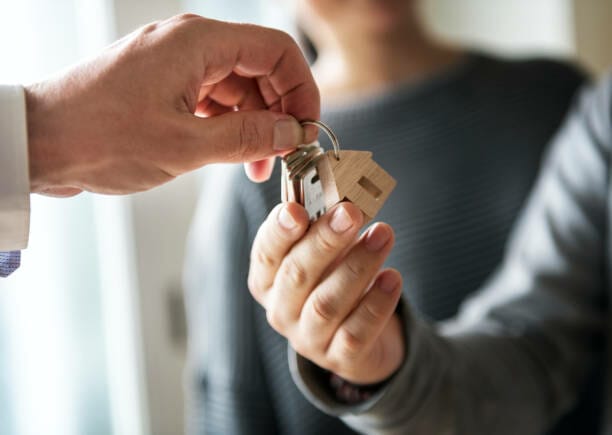
4. Leasehold, Not Freehold
Unlike freehold properties that offer permanent ownership, HDB flats are sold on a 99-year leasehold basis. This allows the Singapore government to recycle land for future generations. Though this may seem restrictive, the leasehold arrangement ensures equitable distribution of a limited resource like land, which is particularly crucial for a small city-state like Singapore.
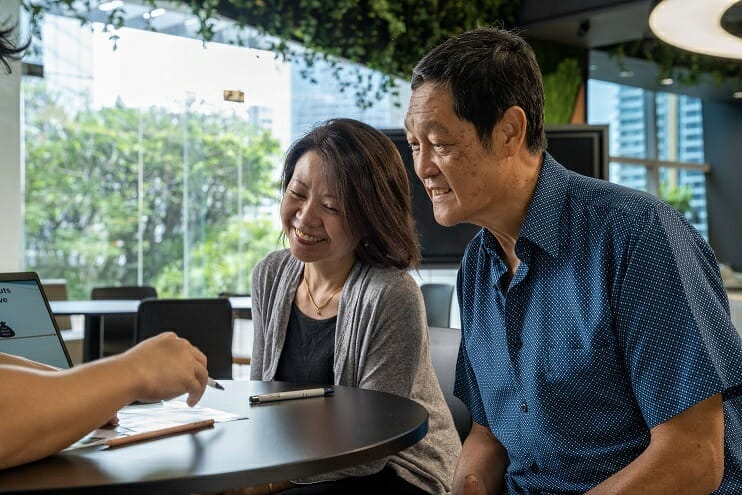
5. CPF-Funded Homes
A majority of Singaporeans finance their HDB flat purchase through the Central Provident Fund (CPF). This unique pension system not only aids retirement but also facilitates home ownership by allowing individuals to use their CPF savings to pay for the flat or service their housing loans. This innovative arrangement makes housing in Singapore more accessible and affordable.
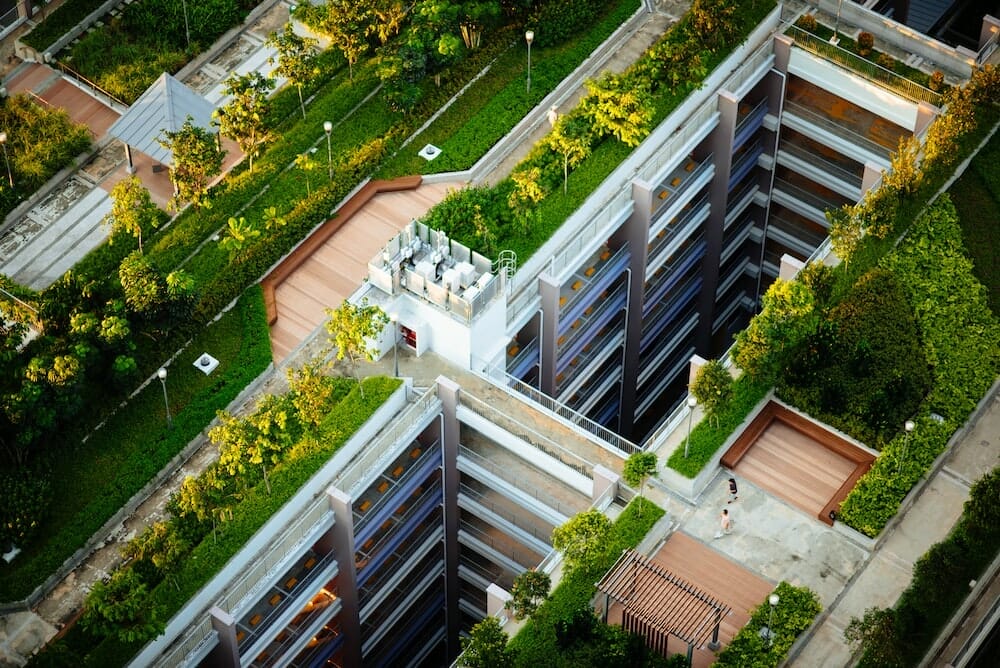
6. Rooftop Wonders
HDB rooftops in Singapore are often transformed into communal spaces like gardens, solar farms, and even sports facilities. This effective use of space enhances liveability in a dense urban environment and adds a layer of community bonding. Rooftop gardens, for instance, are common areas where residents can take a break, socialize, and even participate in community gardening.
_
Read Also:
Your 10 Trustworthy Renovation Contractors for Your New HDB
_
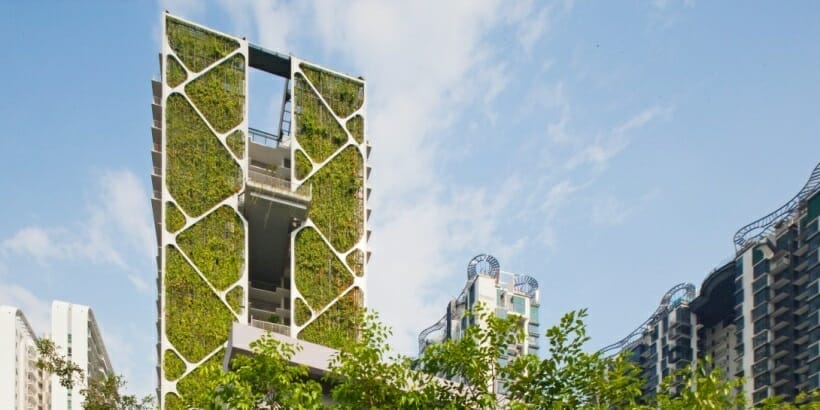
7. Eco-Friendly Initiatives
Singapore’s HDB has made significant strides in sustainable development. With initiatives like energy-efficient lighting, water-saving systems, and waste management solutions, HDB estates are becoming increasingly eco-friendly. The Building and Construction Authority (BCA) Green Mark scheme rates HDB buildings for their environmental impact and performance, and many recent HDB developments have achieved high ratings.
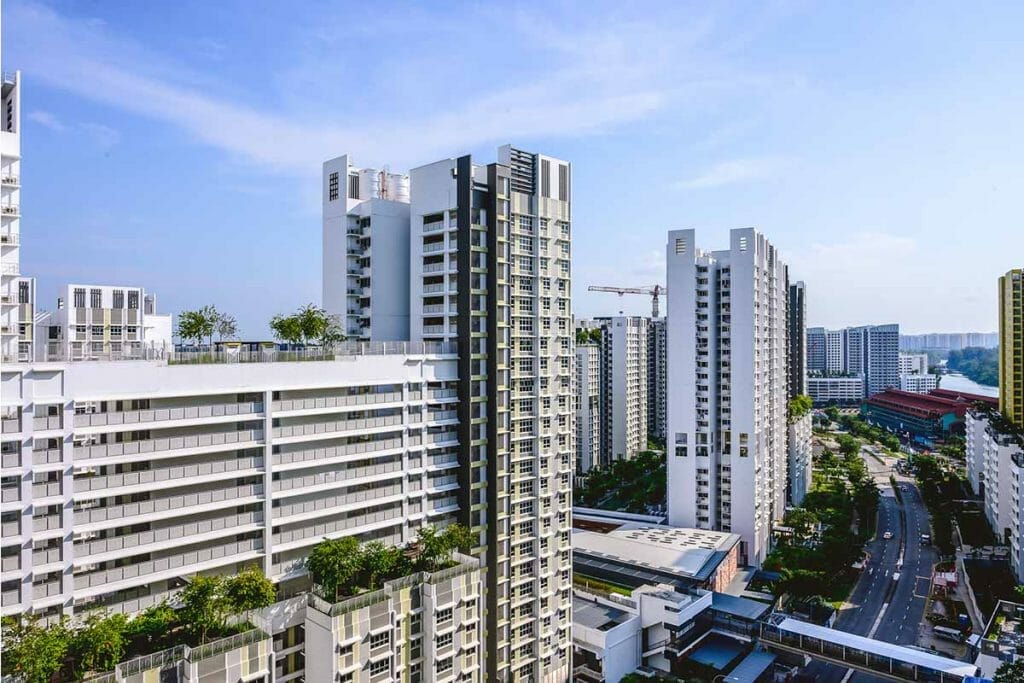
8. Varied Architectural Styles
If you take a closer look, you’ll find that the architectural styles of HDB flats are diverse, reflecting the evolution of public housing in Singapore. From the simple, utilitarian designs of the early years to modern, sophisticated structures equipped with an array of amenities, HDB architecture encapsulates the nation’s progress.

9. Home Upgrading Programs
Over the years, HDB has introduced several upgrading programmes to ensure that flats remain modern and comfortable. Programs like the Home Improvement Programme (HIP) and the Neighbourhood Renewal Programme (NRP) provide subsidies to residents for home repairs and estate enhancements. These upgrading initiatives also contribute to appreciating the value of HDB flats, ensuring that they remain a valuable asset for their owners.
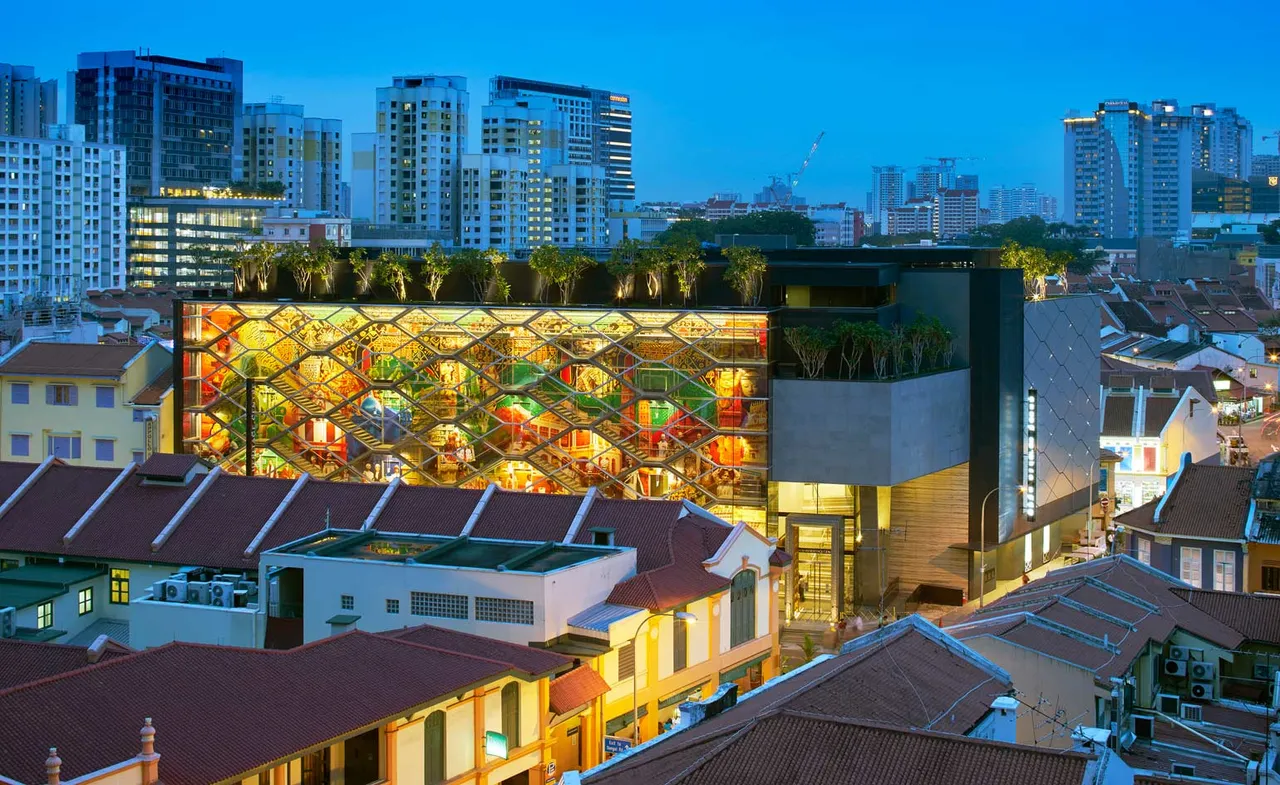
10. Cultural and Historical Significance
HDB flats are more than mere housing units; they are historical landmarks that have witnessed Singapore’s transformation from a third-world country into a global city. They carry a cultural and historical significance, serving as living museums that narrate the extraordinary story of a nation’s struggle and success in tackling housing challenges.
Conclusion
In conclusion, HDB flats are the building blocks of Singapore’s society, encapsulating the nation’s values, diversity, and progress. More than just a triumph of urban planning, they are a symbol of what Singapore stands for—a harmonious, sustainable, and community-focused way of life. Understanding the nuances of the HDB phenomenon is essential for anyone looking to grasp the intricacies of Singaporean culture fully.

Frequently Asked Questions (FAQ)
Q: What is the history of Singapore’s HDB flats?
A: Singapore’s HDB flats were introduced in 1960 to address housing shortages and improve living conditions.
Q: How do HDB subsidies work in Singapore?
A: HDB subsidies are government grants that help lower-income families afford public housing, making it more accessible.
Q: Can foreigners buy HDB flats in Singapore?
A: No, HDB flats are typically reserved for Singaporean citizens and permanent residents.
Q: What are the benefits of living in an HDB estate?
A; HDB estates offer well-planned communities with amenities, green spaces, and convenient access to public services.
Q: How does the HDB resale market function?
A: The HDB resale market allows flat owners to sell their HDB flats in the open market after meeting the Minimum Occupation Period (MOP).
Q: What is the future outlook for Singapore’s HDB housing?
A: The government continues to enhance HDB estates, focusing on sustainability, smart technology, and improving residents’ quality of life.

Have an Article to Suggest?
Tropika Club is always looking for new and exciting content to feature in their magazine and they value the input of our readers. If you have any noteworthy content or articles that you believe would be a great addition to Tropika Club’s magazine, we are open to suggestions and encourage you to reach out to us via email at [email protected]. By doing so, Tropika Club values your expertise and knowledge in the matter and appreciates your willingness to help. We will review your recommendations and update our list accordingly
Meanwhile, Check Out Tropika Club’s Ecosystem of Websites

Tropika Club Magazine – Tropika Club Magazine is a Singapore-based publication that features articles on a wide range of topics with a focus on local businesses and content for the region. The magazine emphasizes supporting local businesses through its #SupportLocal initiative, which includes coverage of everything from neighborhood hawker stalls to aesthetic clinics in town. In addition to highlighting local businesses, Tropika Club Magazine also covers a variety of local content, including beauty, lifestyle, places, eats, and what’s on in Singapore and the Asia Pacific region.
Tropika Club Deals – Tropika Club Deals is a leading online deals and voucher shopping site in Singapore, offering amazing discounts on beauty, wellness, and fitness products and services. It’s the perfect platform for customers who want to discover the best deals without having to commit to a specific appointment date and time. These deals are available at major beauty stores, facial salons, hair salons, and other brands in Singapore, with no minimum spend required. Choose from guaranteed discounted deals in the categories of hairstyling, hair removal, facial & aesthetics, body slimming, brows & lashes, nails & makeup, massage & spa or fitness & wellness. Tropika Club Deals is also ideal for customers who want to buy vouchers as gifts or to use for the future. So whether you’re looking to save money on your next haircut or want to treat yourself to a relaxing massage, Tropika Club Deals has got you covered with the best voucher and coupon deals in Singapore!

